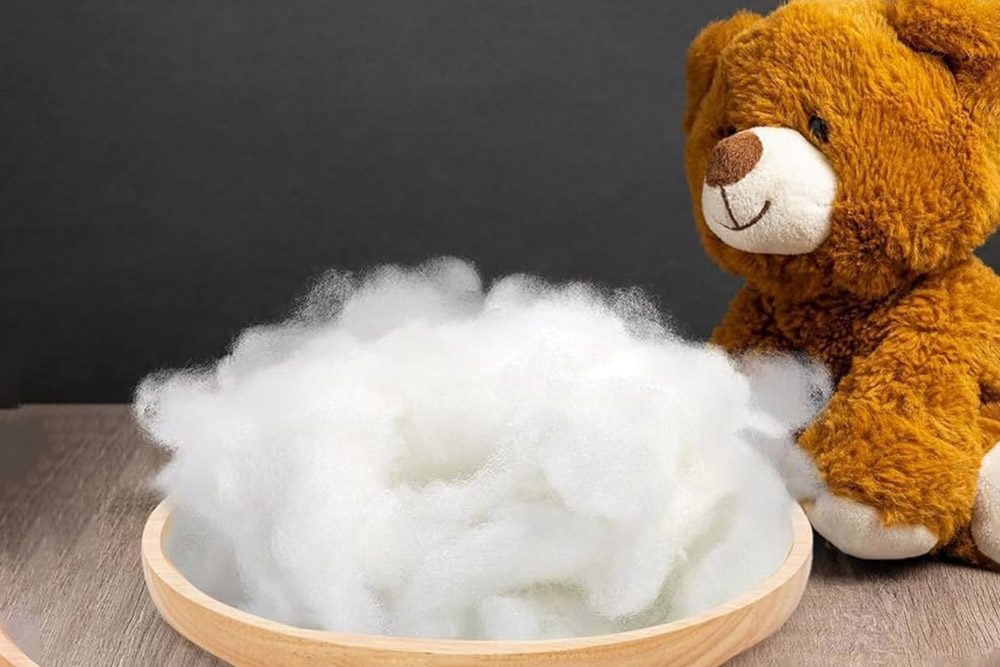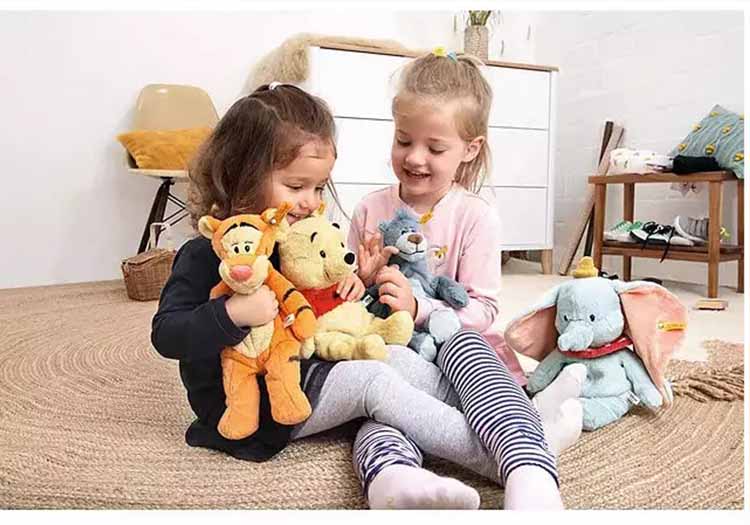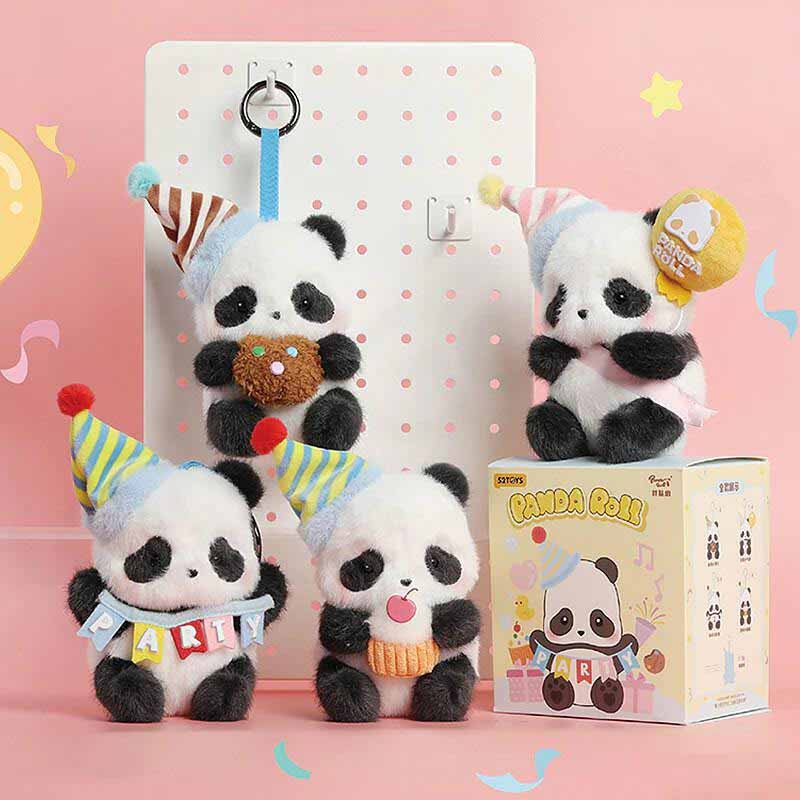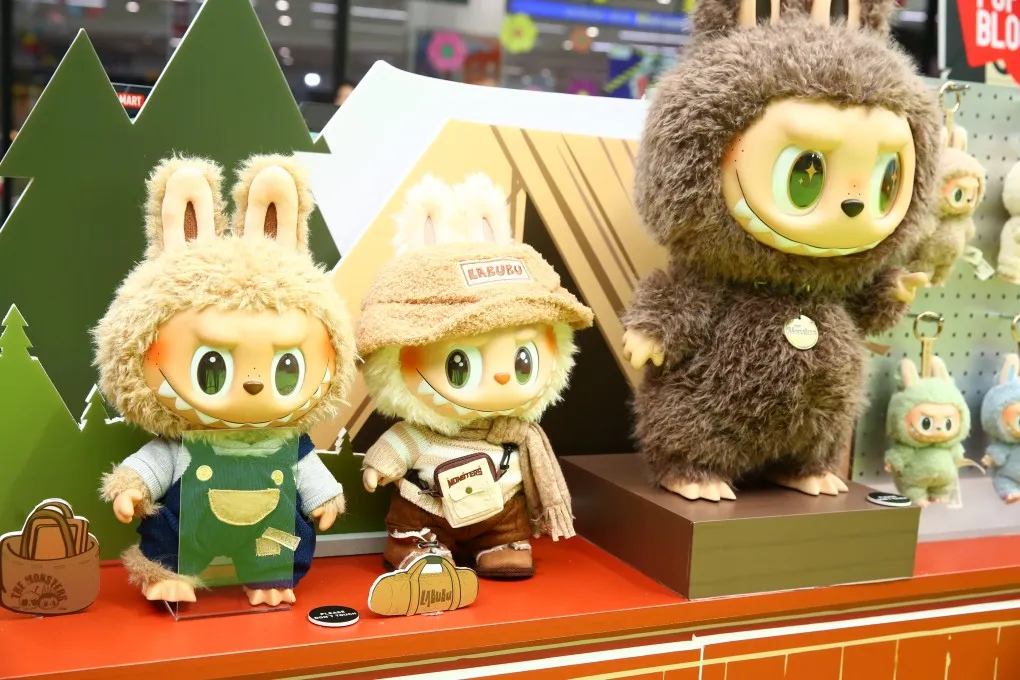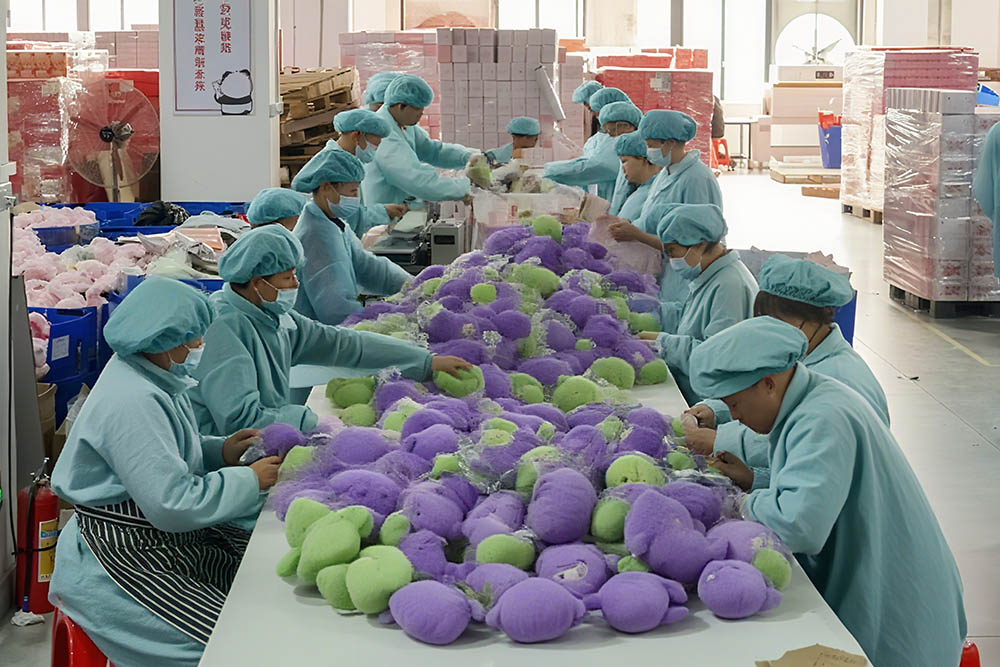The filling inside plushies defines softness, durability, and safety, making it the most critical element in plush toy manufacturing.
The best fill for plushies depends on material quality, safety compliance, and target market needs. Polyester fiberfill remains the most common choice due to softness, affordability, and resilience, while cotton, foam, beads, and eco-friendly options add variety. Buyers should consider certifications, safety, and intended use when selecting the right fill.
Choosing the right filling ensures plushies meet both comfort expectations and international standards.
What Are the Most Common Fill Materials Used in Plushies?

Plushies can be filled with a range of materials depending on design, softness, and price points.
The most common fill materials are polyester fiberfill, cotton, foam, and beads. Each option impacts texture, durability, and compliance differently. Polyester is lightweight and versatile, cotton offers natural softness, foam adds firmness, while beads create sensory appeal.
Manufacturers often combine multiple fillings to balance shape retention and tactile comfort. For example, polyester fiberfill may form the core of a toy, while beads are used in the bottom to create weight and stability. For premium or baby plush toys, natural cotton is popular due to its breathable, hypoallergenic qualities.
Buyers must choose fillings not only by softness but also by compliance with CE, ASTM, and CPSIA standards, ensuring child safety.
| Fill Material | Characteristics | Common Applications |
|---|---|---|
| Polyester Fiberfill | Soft, resilient, cost-effective | Standard plushies, mass production |
| Cotton | Natural, breathable, hypoallergenic | Baby plush, eco-friendly lines |
| Foam | Firm, supportive, shape retention | Structured plush toys |
| Beads | Adds weight, sensory feel | Weighted plush, collectibles |
How Does Polyester Fiberfill Compare to Cotton and Foam Stuffing?

Each material brings unique benefits to plush toy performance.
Polyester fiberfill is the most widely used filling in plushies because it is soft, resilient, washable, and affordable. Cotton, while more natural, is heavier, less resilient, and costlier. Foam provides shape retention but may reduce softness if overused.
Polyester is ideal for large-scale production where consistency and compliance are essential. It retains its bounce even after repeated washing, making it attractive to mass-market buyers. Cotton appeals to eco-conscious brands or baby toy makers, but sourcing and costs can be higher. Foam is often used in specialty plush designs, like dolls or structured cushions, where firmness is required.
From a sourcing perspective, polyester remains the most practical choice, balancing quality, safety, and cost efficiency. Cotton and foam are better for niche markets where natural appeal or design firmness is more important.
| Material | Advantages | Disadvantages | Best Use Case |
|---|---|---|---|
| Polyester | Affordable, resilient, washable | Synthetic, not eco-friendly | Mass-market plushies |
| Cotton | Natural, breathable, hypoallergenic | Expensive, heavier | Baby and eco plushies |
| Foam | Shape-retaining, firm | Less soft, harder to wash | Structured plush or cushions |
Which Specialty Fillings (Beads, Microbeads, Memory Foam) Enhance Plush Toy Design?

Specialty fillings offer innovation and sensory appeal in plush design.
Beads, microbeads, and memory foam provide unique weight, texture, and comfort. Beads create weighted plushies for stress relief, microbeads deliver smooth tactile feedback, and memory foam adds luxury firmness.
Weighted plush toys filled with beads are increasingly popular with adults and therapy markets. Microbeads are often used in smaller cushions or collectible plush toys where smooth texture matters. Memory foam, though more expensive, positions plushies as premium products, adding durability and long-lasting shape.
Brands sourcing specialty plush toys must ensure beads are securely enclosed to prevent choking hazards. Memory foam must also meet flammability and safety tests to comply with ASTM or EN71.
| Specialty Fill | Traits | Applications | Market Trend |
|---|---|---|---|
| Beads | Adds weight, sensory feel | Weighted plush, therapy plush | High demand in adult markets |
| Microbeads | Smooth, flowy texture | Cushions, mini plush | Collectible & lifestyle |
| Memory Foam | Durable, firm | Premium plush, pillows | Growing in luxury toys |
Are Eco-Friendly Fill Options Like Recycled Polyester or Organic Cotton Effective?

Sustainability is transforming plush toy production.
Eco-friendly fill materials include recycled polyester (RPET), organic cotton, and biodegradable fibers. RPET reduces plastic waste, organic cotton appeals to parents seeking natural products, and biodegradable fibers align with green retail strategies.
RPET is widely adopted because it performs like traditional polyester but uses recycled bottles. Organic cotton ensures hypoallergenic softness, especially in baby toys. Some brands are experimenting with corn fiber or bamboo stuffing to further reduce environmental impact. While these materials are more expensive, they add strong marketing value in eco-conscious markets.
Buyers targeting Europe, North America, and Japan often request eco-friendly fillings to align with consumer expectations and regulations. For example, plush toys sold in Germany or Scandinavia often highlight organic or recycled content in labeling.
| Eco Fill | Benefits | Limitations | Market Fit |
|---|---|---|---|
| RPET | Sustainable, durable, cost-efficient | Higher price than virgin polyester | General plush toys |
| Organic Cotton | Natural, hypoallergenic | Costly, limited supply | Baby and premium plush |
| Corn Fiber | Biodegradable, innovative | Less common, higher cost | Niche eco brands |
How Do Safety and Certification Standards Influence the Choice of Fill Materials?

Compliance ensures global market access.
All plush fillings must pass certifications like CE, EN71, ASTM F963, and CPSIA. These standards check for chemical safety, choking hazards, and flammability. Unsafe or uncertified fillings can block exports and harm brand reputation.
For example, polyester fiberfill must be non-toxic and flame-retardant, while beads must be securely sewn into compartments. Organic cotton requires certification for pesticide-free sourcing. Factories like Kinwin ensure every filling material undergoes batch testing to meet buyer requirements.
Brands sourcing plush toys should request third-party test reports before shipment. Safety compliance not only prevents recalls but also strengthens brand trust.
| Certification | Region | Test Focus |
|---|---|---|
| CE/EN71 | Europe | Chemical, flammability, mechanical safety |
| ASTM F963 | USA | Physical & toxicology |
| CPSIA | USA | Lead, phthalates |
| ISO 8124 | Global | Labeling & safety compliance |
What Key Factors Should Buyers Consider When Selecting the Best Fill for Plushies?

Sourcing requires a balance of quality, safety, and cost.
When selecting fill materials, buyers must consider market expectations, safety certifications, cost efficiency, and consumer experience. The best fill depends on whether the plush is designed for babies, collectors, therapy use, or promotional campaigns.
For mass retail, polyester is the best option due to affordability. For eco-conscious buyers, RPET or organic cotton adds marketing value. For premium or therapeutic markets, memory foam or weighted beads may be better. The decision should align with brand positioning and target consumer demand.
Manufacturers like Kinwin support buyers by offering multiple fill options, testing reports, and customization to ensure products meet both safety and design goals.
| Factor | Consideration | Buyer Impact |
|---|---|---|
| Market Type | Baby, retail, collectible, therapy | Guides fill selection |
| Safety | CE, ASTM, CPSIA | Ensures compliance |
| Cost | Polyester lowest, eco higher | Impacts pricing |
| Brand Value | Eco or premium fillings | Strengthens positioning |
Conclusion
The best fill for plushies depends on balancing comfort, safety, and market needs. At Kinwin, we provide expert sourcing, certified materials, and full OEM/ODM services.
Contact me, Amanda, at [[email protected]] or visit https://kinwintoys.com to customize your plush toy project today.


